Today there are some who want to get into film and there are those who want to get back into film. I fall in the category of the latter, having started out with film beginning with a Nikon F80 and later on a Leica M4-2, but I write this for both parties.
I look at my dry cabinet and a Leica M2 sitting there with the same roll of film loaded for two years. My rolls of Ilford Delta 400 are just more expired today than they were when I got them.
I miss shooting film for the prints more than anything. But that is several steps from just picking up the camera and shooting it (and processing it). I reckon most of us know the cost and effort it takes today to get to a developed roll of 36 exposures, and even more so, an image we like enough to print well.
Here’s where I offer an alternative: the Leica M8.

The Similarities to Film Photography
Both slow you down. The M8’s buffer and how it can freeze while writing files will force one to choose his or her shots carefully. If you shoot slowly and carefully, it hardly ever freezes. If you shoot a lot quickly the way modern digital cameras do, it will frustrate you no end. Film can make you think wisely about the number of frames you have. The M8 will make you think about writing capacity. In either case, it will force you to think and slow down.
 ISO limitations and usability in low light situations. The M8 goes up to ISO 3200 and at this point, you’re either going for a look or you’re intent on shooting in low light, just like film. If you take a look at the noise and graininess that comes out of an M8 at higher ISOs, they’re more likely to be better compared to similar film images rather than digital ones. In daylight though both cameras are great and very usable.
ISO limitations and usability in low light situations. The M8 goes up to ISO 3200 and at this point, you’re either going for a look or you’re intent on shooting in low light, just like film. If you take a look at the noise and graininess that comes out of an M8 at higher ISOs, they’re more likely to be better compared to similar film images rather than digital ones. In daylight though both cameras are great and very usable.
 They both have a unique color signature. Many like shooting the M8 and M9 because it reminds them how film looks. That might (or might not) be partly because of the use of CCD sensors but also the Leica color science that makes it resemble film. Some photographers shoot film to get this look and some discover a similar look comes out of the M8.
They both have a unique color signature. Many like shooting the M8 and M9 because it reminds them how film looks. That might (or might not) be partly because of the use of CCD sensors but also the Leica color science that makes it resemble film. Some photographers shoot film to get this look and some discover a similar look comes out of the M8.
 The M8 meters only one way, like metered film RFs. Whether you’re interested in the metered Bessas or Ms, the M8 only has one metering mode to learn and get familiar with.
The M8 meters only one way, like metered film RFs. Whether you’re interested in the metered Bessas or Ms, the M8 only has one metering mode to learn and get familiar with.

The Advantages over Film Photography
Shooting fast lenses in bright light. The M8’s 1/8000 shutter speed makes it easier to work with faster lenses like Noktons or the Summiluxes. The film Ms top out at 1/1000 and Bessas at 1/2000. And quite notably, there are more excellent and affordable fast lenses sold today to enjoy on the M8 such as the Voigtlander Ultron 28mm/2 v2, Nokton 28mm/1.5, and Nokton 35mm/1.5.
The good color and good B&W at once. While one can argue this of all digital cameras over film, shooting the M8 in B&W JPG + DNG gives you both a nice B&W and color image straight out of the camera. The M8 has more than once been called the Poor Man’s Monochrom.

It’s cheaper. The value of the M8 has not held as well as the M9 and these can be had for much lower prices today. Considering the cost of film, the cost of quality developing and scanning, plus the time it takes to make images, the M8 makes a compelling argument. Like all things digital, its last day will come but the ROI on time and money might make it worth it.

It fits your current workflow. While the M8 will force you to shoot differently, it won’t force you to process differently as your current digital workflow.

Closing thoughts
Whether one is considering film due to fad or fondness, the M8 might be a decent alternative.
When I retire, I’d love to be using my M2 more and have a home with a proper darkroom so I can process film and make silver gelatin prints. I’d also like to look at slides through an analog projector. And hopefully, the film will be cheaper then.
But today, I view images on a screen and print on an inkjet printer. The bridge that best connects that day to the present is my Leica M8.
Share this post:
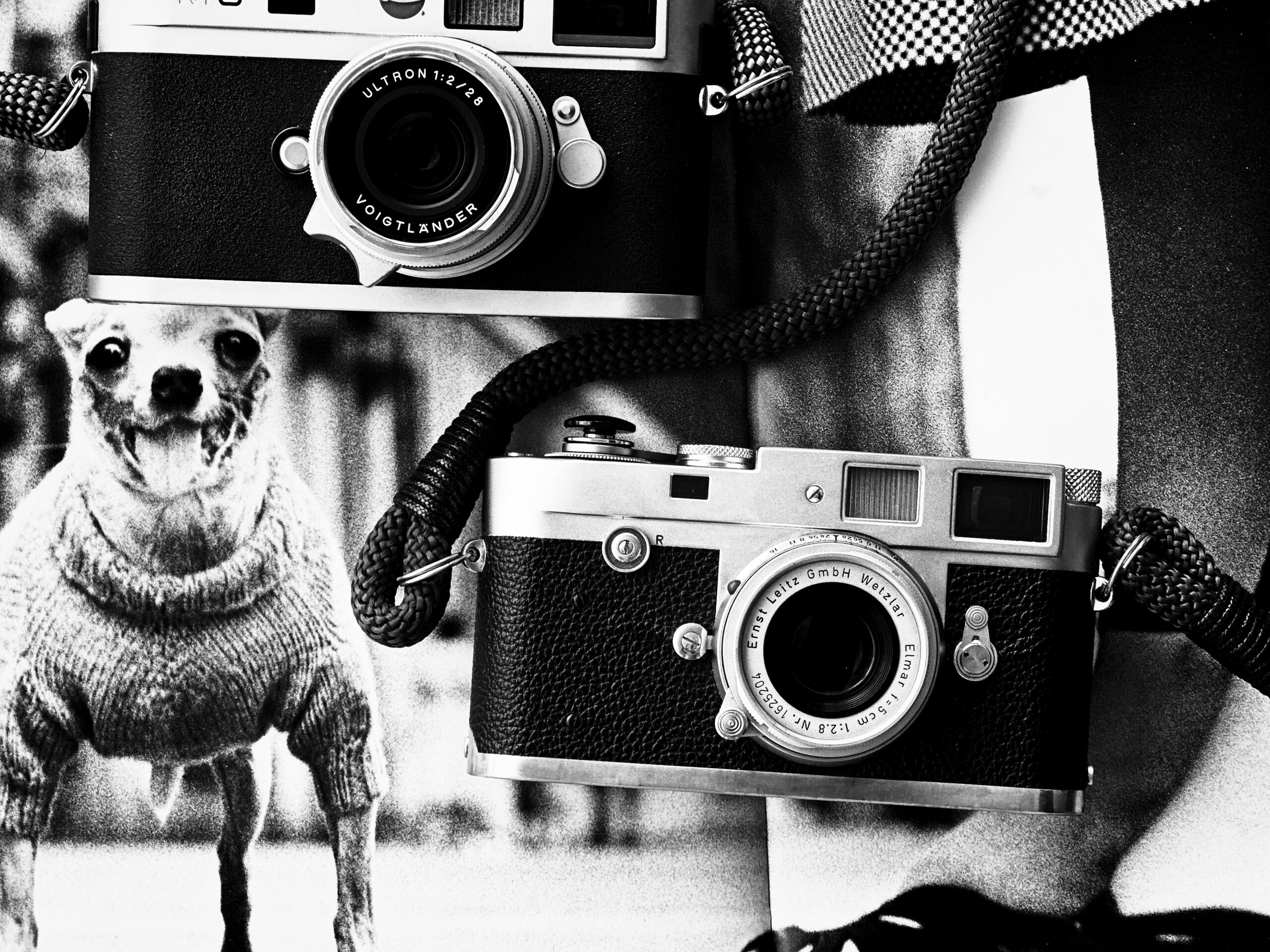


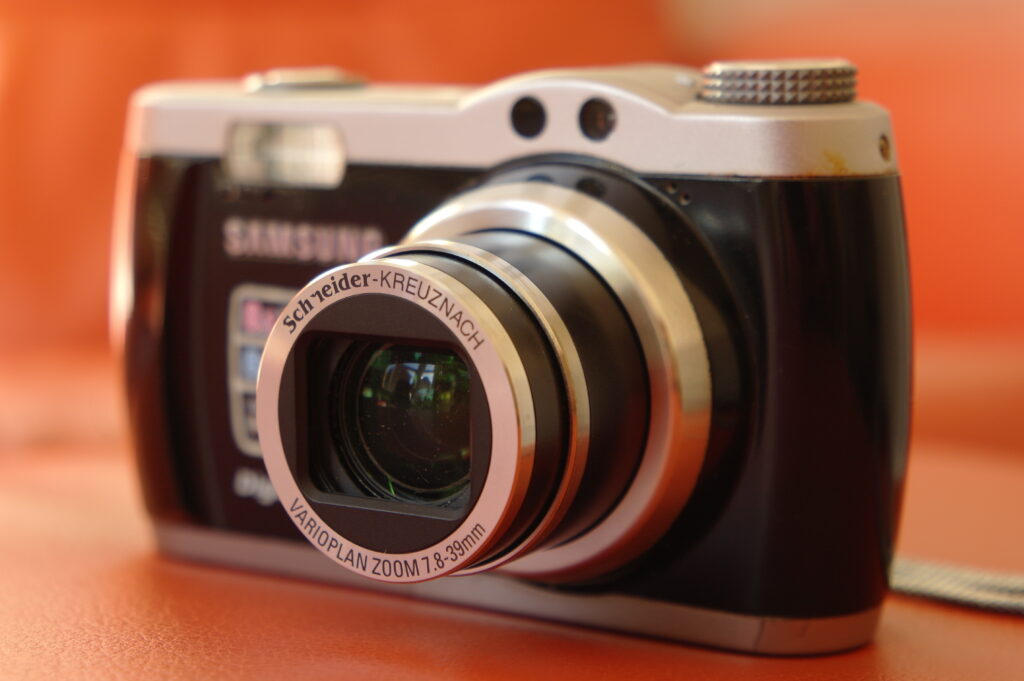
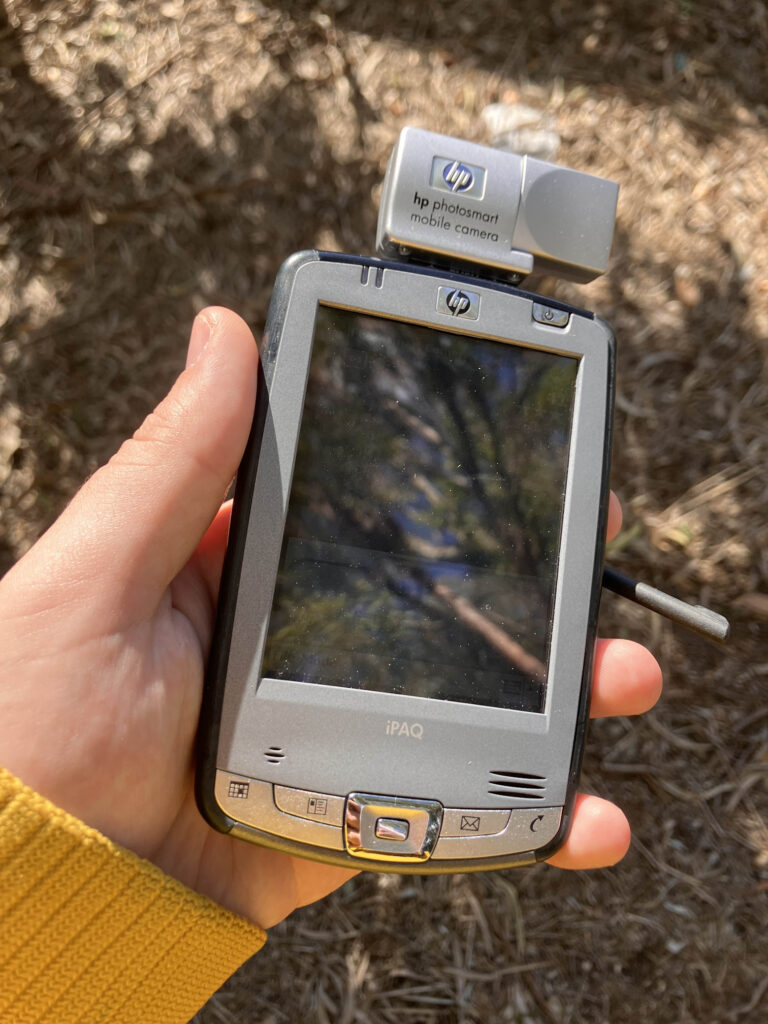
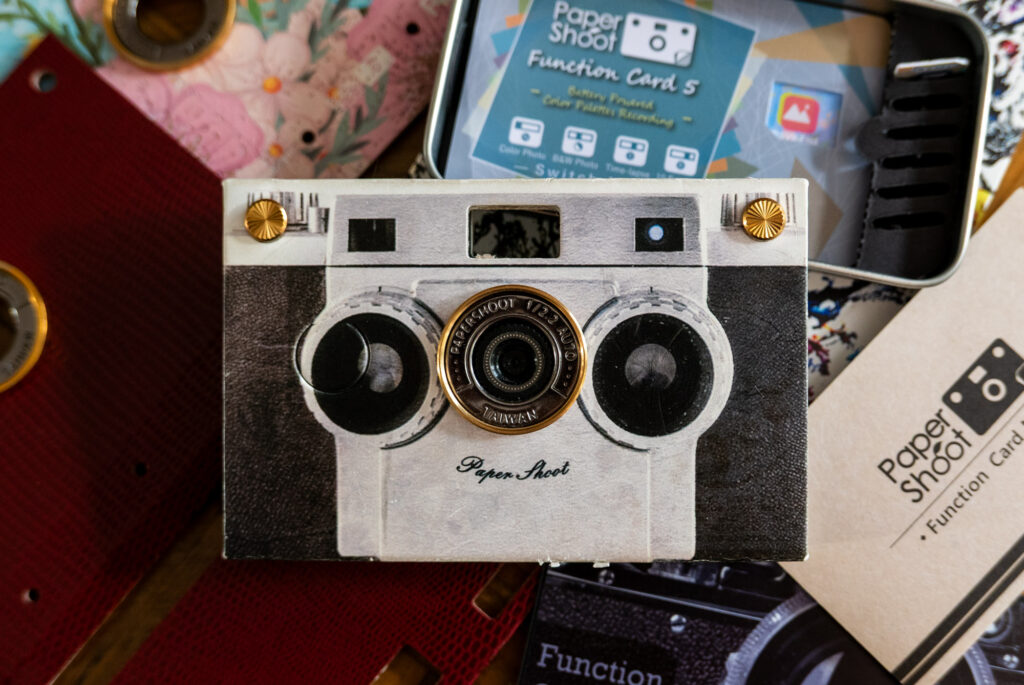
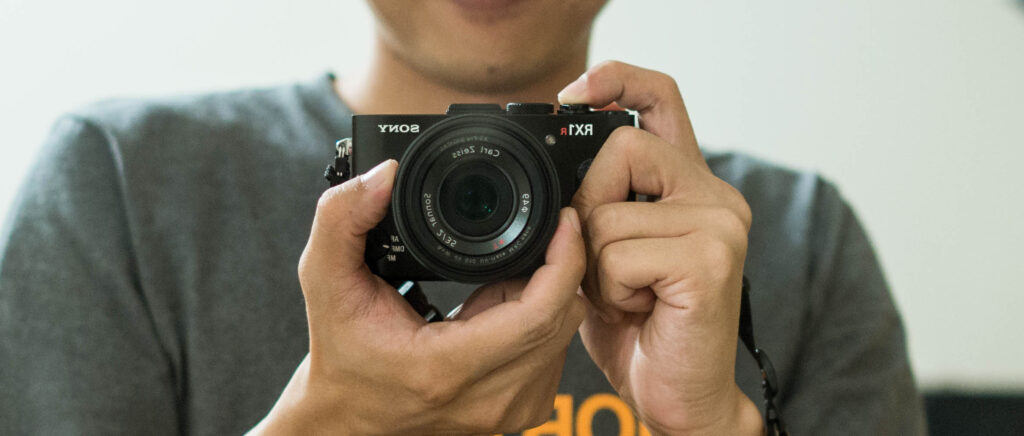




Comments
Geoff Chaplin on Leica M8 – A “Better” Alternative to Shooting Film Rangefinders?
Comment posted: 07/06/2024
Comment posted: 07/06/2024
Comment posted: 07/06/2024
Comment posted: 07/06/2024
Ibraar Hussain on Leica M8 – A “Better” Alternative to Shooting Film Rangefinders?
Comment posted: 07/06/2024
Really lovely images and colour.
The Leica uses a Kodak KAF - I was after that myself and have an Olympus E1
I do agree with Geoff’s comment above.
The M8 and related cameras (M9 E1 Pentax 645) have their own signature look and feel and are unique and lovely in their own way.
Comment posted: 07/06/2024
Harry Machold on Leica M8 – A “Better” Alternative to Shooting Film Rangefinders?
Comment posted: 07/06/2024
But at the same time, making the photographer being so devoted to his work, because of the slow progress.
I take pictures both on film and digital, with the same considerations inn regards of the cost of film.
So I take digital pictures the same way I take those with film, slow and in limited numbers, even avoiding the word shooting, replacing in my mind with taking pictures.
I sold my M8 years ago, the second version and now feature an M-E (220) only, enjoying its full size sensor.
But my main tools are some S 2 P and an S 006; all with CCD sensor; the sensor which makes most sense to me.
Please, share more of your thoughts and pictures; I enjoy them all very much.
Best regards from the country side of Austria
Comment posted: 07/06/2024
Philippe on Leica M8 – A “Better” Alternative to Shooting Film Rangefinders?
Comment posted: 07/06/2024
Comment posted: 07/06/2024
Calum Davey on Leica M8 – A “Better” Alternative to Shooting Film Rangefinders?
Comment posted: 07/06/2024
Comment posted: 07/06/2024
Tim Bradshaw on Leica M8 – A “Better” Alternative to Shooting Film Rangefinders?
Comment posted: 07/06/2024
Comment posted: 07/06/2024
Gary Smith on Leica M8 – A “Better” Alternative to Shooting Film Rangefinders?
Comment posted: 07/06/2024
Your images above are quite nice.
Comment posted: 07/06/2024
Jeffery Luhn on Leica M8 – A “Better” Alternative to Shooting Film Rangefinders?
Comment posted: 07/06/2024
Much of the discussion here involves comparisons between film and digital, which is fun, but not truly relative. The digital domain can simulate anything, not just film. An electronic keyboard and advanced software is used to produce grunge rock or lush orchestral film scores. AI produces PHD level papers. A few key strokes and you get incredible still images and very soon will be able to produce full length films starring actors that have been dead for a century. Let's recalibrate for a second and think about two elements: 1-Content 2-The hands-on experience of creation.
Taffy produced good photos of loved ones. He managed to get good content and enjoy a fun shooting experience. That's it. Period. Now you you guys may continue philosophizing about this or that... but Taffy said it well with his results.
Comment posted: 07/06/2024
Tony Warren on Leica M8 – A “Better” Alternative to Shooting Film Rangefinders?
Comment posted: 07/06/2024
Comment posted: 07/06/2024
Huss on Leica M8 – A “Better” Alternative to Shooting Film Rangefinders?
Comment posted: 07/06/2024
Comment posted: 07/06/2024
Geoff Chaplin on Leica M8 – A “Better” Alternative to Shooting Film Rangefinders?
Comment posted: 08/06/2024
Jeffery Luhn on Leica M8 – A “Better” Alternative to Shooting Film Rangefinders?
Comment posted: 08/06/2024
Comment posted: 08/06/2024
Chris Livsey on Leica M8 – A “Better” Alternative to Shooting Film Rangefinders?
Comment posted: 08/06/2024
And just to nit pick an excellent article, the M8 launched with the mentioned 1/8,000 shutter but that was regarded as "noisy" and it was replaced under the upgrade programme with a 1/4,000 version so those looking for an M8 the 1/8,000 is not a given.
My take is the early CCD sensors had the Bayer colour filters to mimic/match colour film, specifically the Kodak "look" and the demosaicing was tailored to that the CMOS filters moved to a more neutral/perfect/flexible filter and downstream processing. I recall a lot of comment on the M240 CMOS "look" and how skilled hands could use software to "match" the M9 output so closely 50/50 in blind testing was shown, of course no one in either camp was convinced. The photon detector whatever the sensor electronic structure is monochrome (digital - photon/no photon) and plays no part in the colour "look" it only detects light (importantly at the frequency band the filter over it allows through).
Alex Kreisman on Leica M8 – A “Better” Alternative to Shooting Film Rangefinders?
Comment posted: 09/06/2024
First of all, very beautiful pictures! I especially like the 2 portraits in bw of the children.
I rarely post as most of the post doesn't really interest me or i find the pictures not to my tastes. You NEED to work a picture like we used to or still do in my case in front of the enlarger. No emulsion will give you all the tonality nor the contrast, nor the palette you will get if you do not work your picture.
Now to come back to the subject of the article, shoot digital and use it as a digital file or/and shoot film. There is no digital camera in the world that will give you the rendering of film. Period. this is due to pure technic i.e. a sensor that freeze an image in fraction of second (what it see) vs a film that needs to impregn the image that is in ftont of the objective. My second point is that every digital camera are rendering "false" images (too sharp, too big, too net). The eye doesn't see that much detail and the film is a bit like that. that is what i like about film. It's more real to me. Each time i take me digital camera and see the result on the screen, i'm disappointed. These days i only use it for workshop or to use with an ir filter because the sensor is a monochrom and react very well to IR. 99% of what i shoot is film. And that is my 3rd point ;
If you shoot color, it will cost you, there is no real eascaping. I you shoot bw like myself, it cost less : i roll my films, i developp them, scan them and work them and print on an enlarger the ones i love. Learning how to develop is fairly easy and with a pattereson bag i do it in my kitchen. I always use D76 so i can buy the 3.8 liter bag in quantity so it cost less.
At the end of the day, if you like shooting with an m8 (or any other digital camera) go for it, you will have your image loaded in a few minutes, but iff like the surprise of seeing a picture taken a month (or 6) back which is for me magical go with film. Wait. Let them in the fridge and a couple of month after shooting them develop them and when you scan them and relieve the magic of the moment!
just my 2 cents ....
Comment posted: 09/06/2024
Comment posted: 09/06/2024
Antony Hands on Leica M8 – A “Better” Alternative to Shooting Film Rangefinders?
Comment posted: 13/06/2024
Finally, the process of shooting film is so different from the process of shooting digital that it reinvigorates my love for photography. Every time I do it it’s not just like every other workday.
Rajat Srivastava on Leica M8 – A “Better” Alternative to Shooting Film Rangefinders?
Comment posted: 15/06/2024
I have an M8.2 and an M3
The M8 has the advantage of providing a film like grain that I love. Additionally, I can use my lens on M3 or M8 and am covered for most situations during my travels. A wide open lens on the M8 can make magical photos at night. Some of my favourite night shots were taken on the M8
The beauty of the M is that even the digital cameras make you think like an analogue photographer. Control over shutter speed, ISO and aperture within less than a second. There are hardly any menus on the M8. Really liberating. I do not find myself wasting time on the menus. And the B&W jpegs OOC are to die for (in my opinion)
For these reasons I see the M8 as a great companion to my M3. My 50mm lens becomes a decent portrait lens on the M8.
Very few cameras provide the joy that a range finder does and the early CCD range finders ( even non Leica ones) are a joy to use in today's world of too many buttons/features/menus :)
Comment posted: 15/06/2024
Bruno Chalifour on Leica M8 – A “Better” Alternative to Shooting Film Rangefinders?
Comment posted: 17/06/2024
I enjoyed your enthusiasm over the M8, I understand it is a rewarding approach for you at this stage of your life, however I am not quite convinced by the arguments you are listing here. Let me be more precise:
1-the fact, heard so many times when film is compared to digital, that “it slows one down.” and that it is a good thing that a technology controls our pace. There this gets me thinking : in fact, whether one is using film or digital, speed or “slowness” are just a matter of self-discipline or approach (both technical and esthetic). I used fast motor-drives with my film cameras and can be very focused and sparse with my digital shooting. In the way I photograph, the tool should not be a hindrance but a facilitator, and the choices should be the operator’s. If I want to be very deliberate, selective, “careful,” I can also do that with a digital camera. As Ringo Starr aptly declared in “Yellow Submarine”: it’s all in the mind!
2-why would I want to go back to film, especially with digital, after decades of shooting miles of it, after days and nights spent in the darkroom, breathing chemicals—selenium included—, spotting prints, after hair-pulling days when color printing did not go the way I wanted it to go (faithful color reproduction) because of the limitations of film and color paper. Color film was a very unreliable medium even when one would buy loads of the same emulsion (same with paper). From the manufacturers themselves there were yellow years, magenta years, cyan years… depending on the batches of film. Then depending how it was stored it would slightly fade or take on off-colorations. Obviously with time comes amnesia and myths slowly replace facts, especially for the younger generation.
3-Except for its low price for an M camera (whether film or digital), the M8 has always been a problematic camera: not a full-frame (so an issue with lenses, especially if one came from a film M with a 50 mm) ; the colors of the Kodak sensor may approximately emulate the color profiles of some specific film (once the problem with the Infra Red filter or lack-there-of was solved) but definitely not “film” in general as there is not a single film that looks like a different one once one uses different brands, different speeds, even within the same type of film of the same brand. The contrast and color saturation that the Kodak sensor on the M8 gave were only marginally “natural” (the M240, in my opinion is perhaps the one which had the most natural look of all digital cameras with no hyped colors and added contrast), blues and reds were definitely hyped. As you justly pointed out, the buffer, thence the camera, freezes at times.
At 400 iso on an M8, noise becomes apparent and noise is somewhat different than grain on film: it is regular whereas grain is coarser and somewhat iregular, but the biggest problem with noise in early digital cameras (it is far much better mastered now, and so far better than film)—and the M8 is the first serious digital M—is that it would create colorful artifacts (little dots of blue, yellow or red) in areas that were supposed to be dark or even pitch black.
4-digital does not mean that one has to “miss shooting for prints”, I have been shooting 98% digital for the past 20 years and I do it mostly for prints (with far better and more precise control over color rendition or tone in BW than I had with film); so just try it, print.
In spite of all the arguments stated above, I understand your personal point of you. Let us say it is yours, maybe shared by a few others but definitely not one that anyone should adopt blindly, or one that should be shared as an advice or recommandation, it is just an optional option, one “ that best connects that day to the present” for you. As long as we keep ourselves happy and active with the photographs with produce, the main goal is reached, don’t you think?
All the best,
Carl Garrard on Leica M8 – A “Better” Alternative to Shooting Film Rangefinders?
Comment posted: 22/07/2024
Today I'm glad that happened, because I've been shooting with the original Epson R-D1 ever since. It's even more of a film camera like experience than the M8, and to me, represents the most "hybrid" camera of them all. Having to manually recock the shutter every shot gives you that same pause and delay you mentioned, but takes it one step further with the manual analog experience. I do miss the weak IR filter on the M8 because it had a look all its own and was seriously versatile (almost a full spectrum IR conversion sensor), but that's the only part I miss. The superior viewfinder on the RD1, along with clean accurate frame lines (based on the three lens setting choices) made it feel more authentic despite the slightly smaller sensor. Also, the RD1 can run the full gamut of ISO settings freely, whereas I hesitated to take my M8 above anything higher than ISO 320.
Not trying to throw a bucket of cold water on your article, it's well written and I agree (or did) with you, yet perhaps you may want to try an RD1 like I did and become even more enlightened. It's a fantastic little camera, and a perfect compliment to my M Typ 262 that feels light years ahead tech wise yet, still remaining a true still shooters device (no live view or video like the 240). They are both my favorite rangefinder cameras out there after having tried nearly all of them (bar an M11 which I have no interest in at all). This includes the M-D digital's that have no screen on the back. R-D1 is the best of them all if you want that film camera like experience, hands down.
Carl Garrard (photographic-central blog)
Comment posted: 22/07/2024
Jerry Scoby on Leica M8 – A “Better” Alternative to Shooting Film Rangefinders?
Comment posted: 29/07/2024
jason gold on Leica M8 – A “Better” Alternative to Shooting Film Rangefinders?
Comment posted: 11/08/2024
There was no alternative! A weekend with a tiny sesor and tiny camera, Pentax Optio, forever freed me!
Comment posted: 11/08/2024